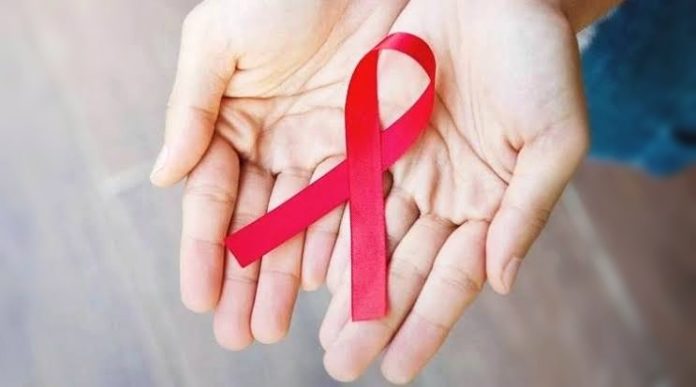New Delhi (NVI): World AIDS Day is observed every year on December 1, worldwide, to raise awareness about the Acquired Immuno Deficiency Syndrome (AIDS) disease.
On this day, people unite in the fight against AIDS, to show support to those who are living with HIV and to commemorate those who have died from AIDS.
AIDS is a chronic disease caused by the human immunodeficiency virus (HIV). This disease is a sexually transmitted disease and it can also transmit through blood transmission and other things.
There are several symptoms of HIV and some of them include joint pain, fever, muscle ache, weight loss, among others. However, the disease is not entirely curable but there are few protective measures that one must adopt in their everyday life to prevent the contract of the disease.
According to the website of hiv.org, this year’s theme for World AIDS Day is ‘Ending the HIV/AIDS epidemic: Resilience and Impact.’
This theme is a reminder that people can achieve a thing, if they make a joint effort to deliver high-quality services for treatment and prevention of HIV, to the ones who are in need.
Nearly 38 million people living with HIV around the globe. Since its discovery in 1984, more than 35 million people have died of HIV or AIDS, making it one of the most destructive pandemics in human history, as per the United Nations AIDS report.
Taking to Twitter, UN Secretary-General Antonio Guterres in his message on World AIDS Day 2020 said, “Health is a human right – and universal health coverage must be a top investment priority. “To overcome COVID-19 and end AIDS, the world must stand in solidarity and share responsibility.”
Health is a human right – and universal health coverage must be a top investment priority.
To overcome #COVID19 and end AIDS, the world must stand in solidarity and share responsibility. https://t.co/OBHJDcET1K #WorldAIDSDay pic.twitter.com/E5oBH0NGeb
— António Guterres (@antonioguterres) December 1, 2020
The World AIDS Day was first observed in 1987 by James W Bunn and Thomas Netter. Both were public information officers for the Global Programme on AIDS at the WHO. It was also the first-ever international day for global health.
-RJV








